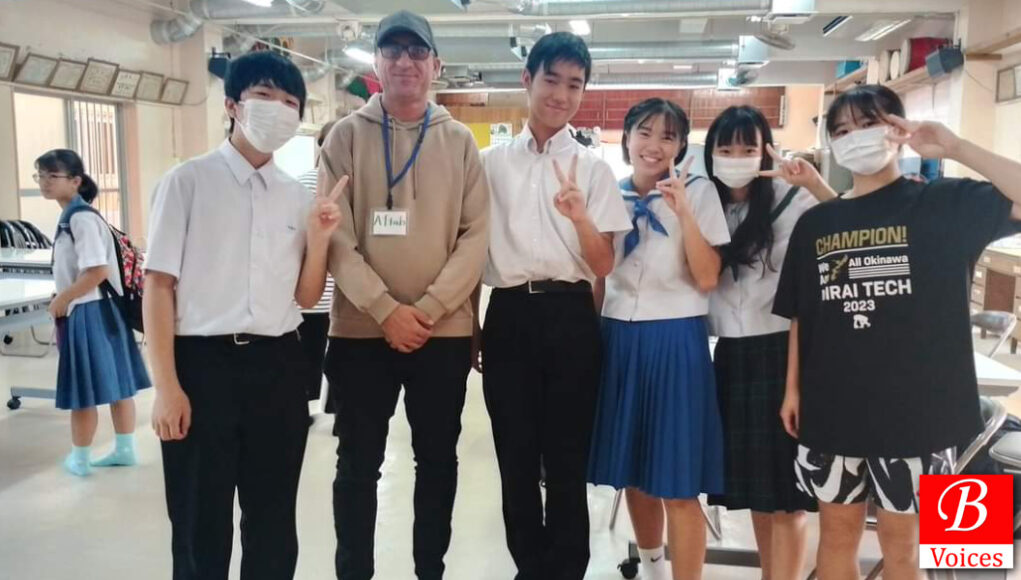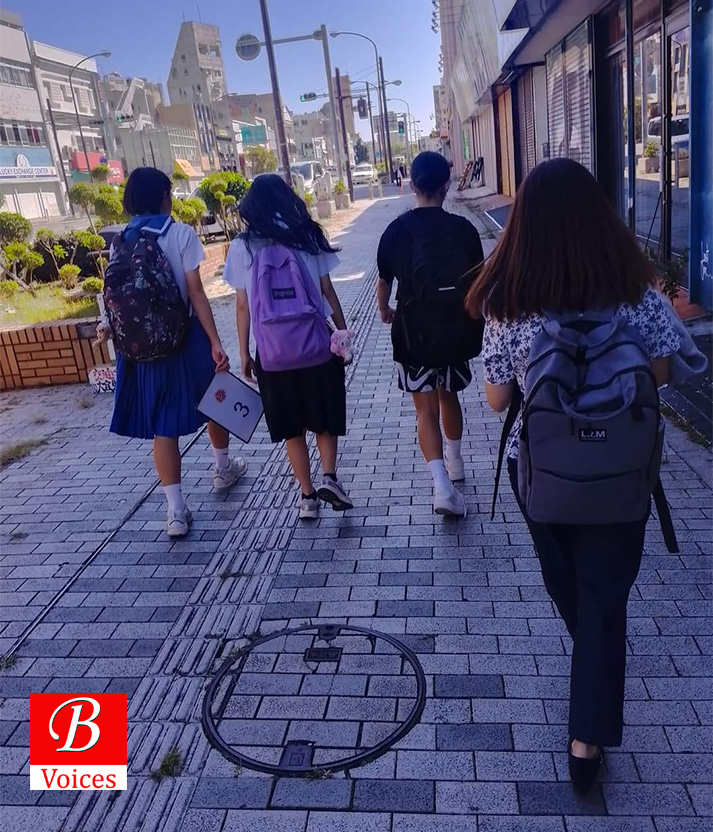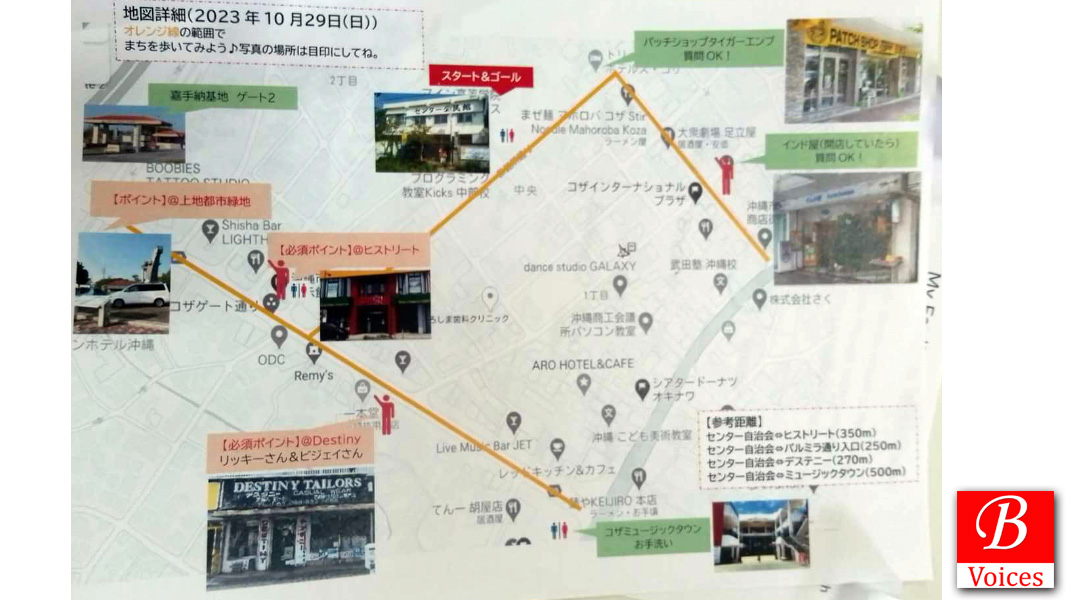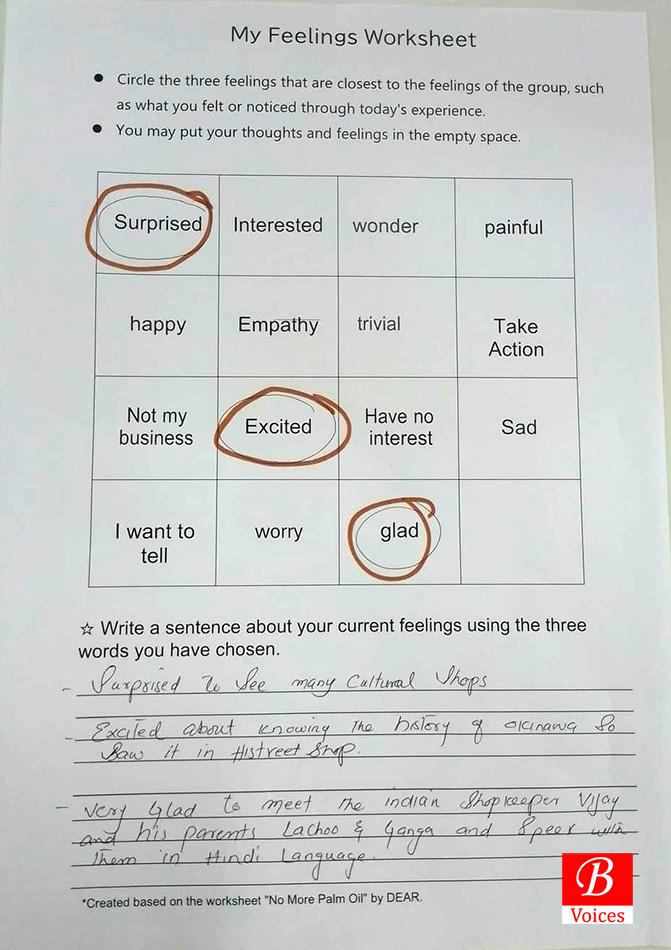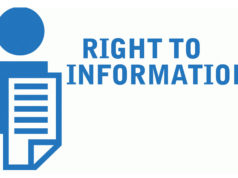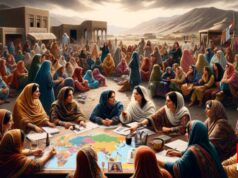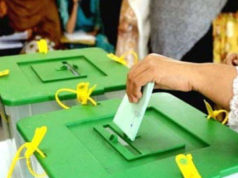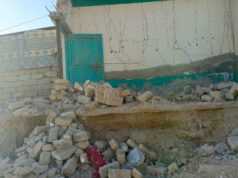Aftab Ahmed
Japan’s rapid development in technology is the mere theme of my articles but to grasp and understand the secrets underlying this ever-expanding technological progress is the topic of today’s article. A better opinion can only be made when someone engages with the system itself and experiences the veracities. The purpose of our stay in Japan is not only to study, observe, and comprehend Japan’s technology but also to observe all the ramifications related to the development of this technology. We have visited several institutions, colleges, and interacted with the students of various schools in Japan, and tried to understand and extract the crux of Japan’s ever-expanding multifold development.
During my time in Japan as part of a long training program with JICA, I have been closely observing various aspects of the country’s education system through visits and interactions with different institutions. In my future articles, I aim to share in-depth insights into how Japan’s meticulously planned education from the junior level onwards has significantly contributed to its rapid technological advancement over the past few decades, elevating it to a global technology and economic powerhouse.
To truly understand any multifarious system, one cannot simply view it from the outside or make brief visits. It is imperative to immerse oneself in the day-to-day workings of the system through first-hand experiences by participating and interacting with its various components. Only then can accurate and well-informed opinions be formed.
We were fascinated to see education being approached not just as a means to acquire academic qualifications but also to cultivate well-rounded individuals equipped with the necessary technical, social, and life skills to succeed in today’s dynamic world.
On one such Saturday during our free time from training, my fellow participant from Ethiopia, Mr Dember Getahun, and I received an unexpected yet enriching invitation from JOCA (Japan Overseas Cooperation Organization), an organization committed to supporting international cooperation initiatives in fields such as education, culture, and technology, etc. The program involved ten local Japanese Junior-school students from schools aged around 14-16 years who had recently returned after spending a week in Australia as part of an educational exchange program organized by JOCA.
The goal of this particular activity was to further develop the cognitive abilities, creativity, and leadership skills of these students through collaborative exercises and tasks performed together with international participants like us.
The combined activity was planned to be started at 10 a.m. at JOCA Auditorium Koza City Okinawa. Mrs Ayumi Sakuma, JOCA Coordinator accompanied us in her car and took us to the place in about 30 minutes travel. The arrangements in the Auditorium were to be done by us all that’s why we reached an hour before the start of the program. Punctuality is deeply ingrained in Japanese culture and the activity commenced promptly at the designated time i.e.10 am. The coordinator introduced us to the group of students, consisting of a mix of boys and girls. They all seemed well-mannered, polite yet energetic, and enthusiastic to participate. We were then divided into two mixed teams, with students, my colleague Mr. Denber Getahun, and I in each group. The first task was a fun icebreaker game where through non-verbal signals like gestures we had to arrange ourselves in the order of our dates of birth within our respective teams, and then with the other team to create two teams according to their date of birth (Japanese love to start an activity with an icebreaking game).
This was followed by a detailed 20-minute presentation providing an overview of the various other engaging activities and tasks planned for the day aimed at developing teamwork, problem-solving, communication, cultural awareness, and overall leadership qualities among the participants. After a brief presentation, each team was handed maps of the local area and instructed to imagine going on an educational expedition. The teams had to identify landmarks, which included reading signboards, exploring a small historical museum, an intersection, a clothing shop, and conducting interviews – all within a set time limit.
In the first part, we had to travel through a market and note some signs and then a small museum called “Histreet” which shows the postwar history of Okinawa City. The museum was a two-story building where the actual remnants of 2nd World War like, a U.S oxygen cylinder, repurposed soda bottles, and an A-Sign certificate(The Surrender Signing of Battle of Okinawa(Nensei Islands) held at Morine, Goeku Village on September 7, 1945), Other postwar artifacts like Maps of Koza City, canons used during the war, pictures of Koza Roits, etc, and many such items were showcased. The students used to observe and note them in their note sheets. The next milestone was, an intersection where the word “Thank You” was written on a plaque in eleven 11 different languages. The students had to note this and move towards the next landmark, a Cloth Merchant’s Shop. The shop owner was Mr. Vijay a Hindu from India who settled in Okinawa for a long. The students had to interview the cloth merchant in English. This last milestone according to the map was to return to the starting point which was the JOCA auditorium.
While carrying out these activities, I was impressed by the level of focus, enthusiasm, and organization demonstrated by the students even at such a young age. They took notes diligently in both English and Japanese languages.
Upon completion, each team member had to fill out a “My Feeling Sheet” where 15 feelings were written and students had to circle any three feelings and express them in one line on the same sheet. The same feelings were to be explained before the teams. After this short reflective exercise, this activity was concluded.
Witnessing the practical yet meaningful approach adopted in Japan from the early schooling years to nurture well-rounded individuals with strong cognitive abilities and global competence left me with valuable insights. Observing how skills like collaboration, communication, and cultural awareness are prioritized from a young age provided meaningful insights into what has enabled Japan’s continued progress. Through such interactions within the education system, one gains a holistic understanding of the country’s development.
Overall, this unique experience of interacting directly with different components of Japan’s intricately planned education system has reinforced my understanding of why merely observing from the outside or making brief visits often fails to do justice to comprehending the inner workings of such a multifarious, high-performing model. This collaborative approach is key to forming a society that excels not just in technological progress, but also in moral, social, and communal values.
Disclaimer: Views expressed in this article are those of the writer and Balochistan Voices does not necessarily agree with them.
Share your comments!


